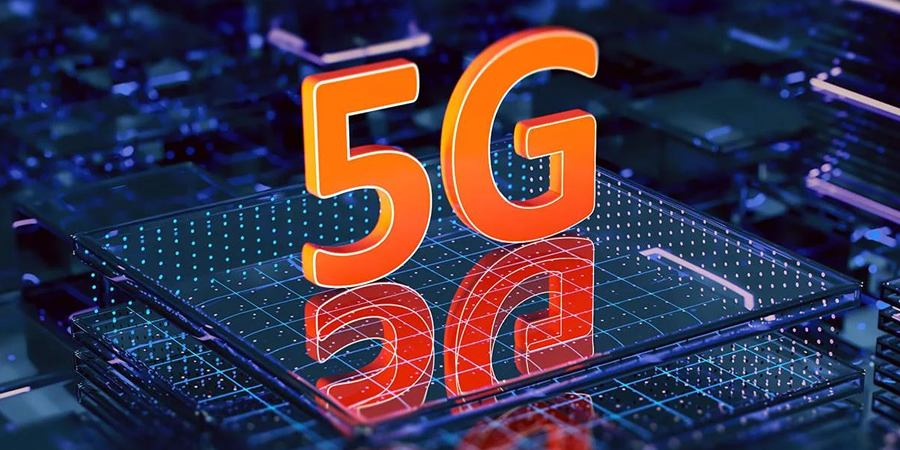Huawei has made two key announcements for its leading 5G solutions: the first 5G service experience-based network planning criteria, and a new ground-breaking 5G digital engineering solution.
The new network planning criteria can help carriers cope with the challenges of differentiated experience requirements of new services in the 5G era. It will offer new ways to transform from network planning based on traditional telecom services to precise network planning based on digital service experience. These criteria enhance efficiency and ensure their investment with favorable returns while providing high-quality experience for 5G users.
With these gate-keeping network planning criteria, the first-ever 5G digital engineering solution, which works on the theory of site digital twins proposed by Huawei, can create a digital replica of a physical site and enable digital operations on the digital site to accelerate 5G rollout.
The ultimate goal of network planning is to ensure good service experience, and it is important to match network planning criteria with services. In the 4G era, the network planning criteria are to just meet the requirement of coverage and throughput. In the 5G era, however, there are high requirements on the rate and latency.
Therefore, Huawei proposes the new SmartCare® E-Planning model and builds the industry's first 5G service experience network planning criteria based on it. Huawei's SmartCare® E-Planning Model includes “three-layer” and “two-step” mapping: from user experience to service quality requirement, and then to network capability benchmark, referencing to Huawei’s six major research results. Based on this SmartCare® E-Planning model, Huawei has also proposed experience-based network construction criteria for 5G 2C and 2B video services. And to further develop upon SmartCare® with the support of the Experience lab (eLAB), Huawei has introduced the industry’s first-ever 5G CEM (customer experience management) solution that is visible, manageable, and upgradable, ensuring end-to-end service experience for operators throughout the 5G journey.
On the other hands, site digital twins transform the traditional delivery model to accelerate 5G rollout by enabling digital asset management associated and digital management of site infrastructure throughout the entire lifecycle from planning, design, deployment to maintenance. They are built based on the “what you see is what you get” concept and to enable digital operations on the digital site by speeding up installations and deployments with AI (Artificial Intelligent) and T-BIM (Telecom-Building Information Modelling) technologies, and for improved management tasks done remotely using 3D and AR views on mobile devices. The E2E 5G digital engineering solution also greatly shortens the 5G construction time and improves the network construction quality.
Huawei is extending its partnership with more organizations to enhance connectivity and experience. Investment has been ongoing in boosting service experience and has established in-depth cooperation with more than 10 industry standards organizations and industry alliances as well as over 50 global partners. Meanwhile, Huawei has been cooperating with various operators from Western Europe, Middle East, South Africa and China on 5G digital engineering solutions. Looking ahead, Huawei will continue to invest in 5G digital deployment and apply AI technologies to achieve digital delivery transformation and lead industry development.






